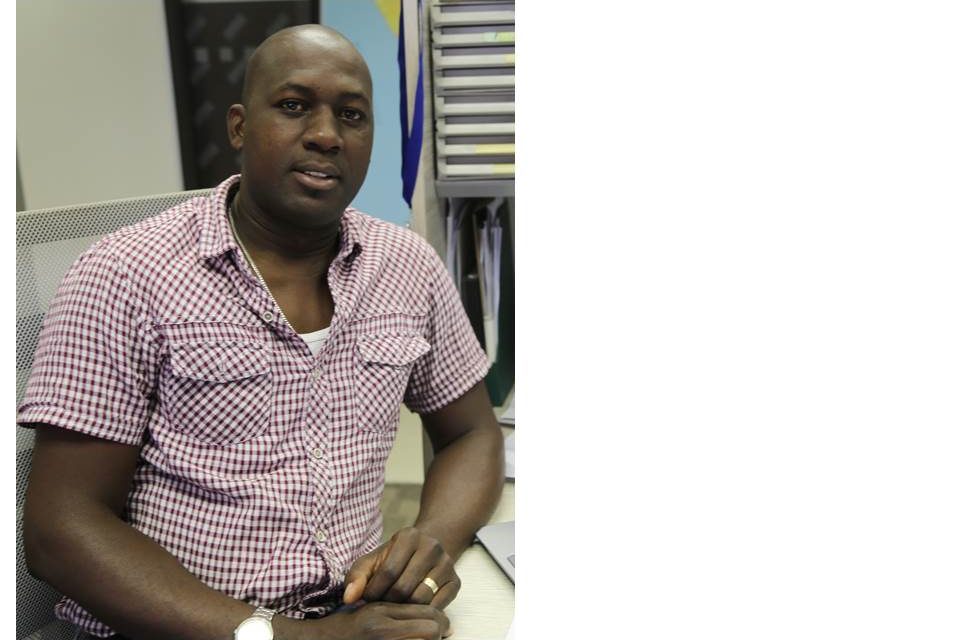
Climate change manifestation into drought

By Erastus Ngaruka
Technical Officer: Livestock within Agribank’s Agri Advisory Services Division
The climate change topic has been well elaborated for years now, it appears to be evident that the effects of climate change on agriculture are observed in many parts of the world.
The arid regions of southern Africa of which Namibia is part, the effects of climate change have been observed. Climate change events have manifested mostly in a form of drought and floods in Namibia, while unusual high temperatures are conspicuous in the more arid environments such as the southern and western regions.
Namibia has endured recurrent droughts conditions since year 2013, affecting the drier regions such as the south, west and north-west up to the point where human lives were claimed to have been lost as a result. Although there have been some improvements in rainfall activities from year 2016, they are still erratic and irregular in most parts of the country, thus threatening the country’s sustainable agricultural productivity.
Agriculture in the country rests on both livestock and crop, of which the livestock industry pre-dominates. Both these industries are prone to harsh climatic conditions such as drought and floods, including concomitant events such as pests and disease outbreaks.
Drought is characterised by a period of insufficient rainfall (far below average) depriving the soil of moisture, resulting in poor plant productivity. Consequently, drought conditions compromises livestock productivity, farm income, and farmers’ sustainable livelihoods.
The drought scene is characterized by livestock deaths due to thirst and starvation. Livestock market prices decrease because the animals are in poor body condition and there is insufficient fodder or grazing to maintain them. Commercial Feeds prices increases due to the higher demand during that critical period.
To safeguard the country’s agriculture, drought coping strategies should be explored and appropriately employed. The most important stage is where farmers have to make decisions for any strategy chosen. Basically, they have three options; Relocate the animals, Sell the animals, or feed the animals. These options can be used in combination.
No drought conditions of different years are similar, and there is no standard recipe to cope with drought. Therefore, every year, a farmer should re-assess his/her farm business in terms of finances, feeds, and ability to survive any drought year.












































